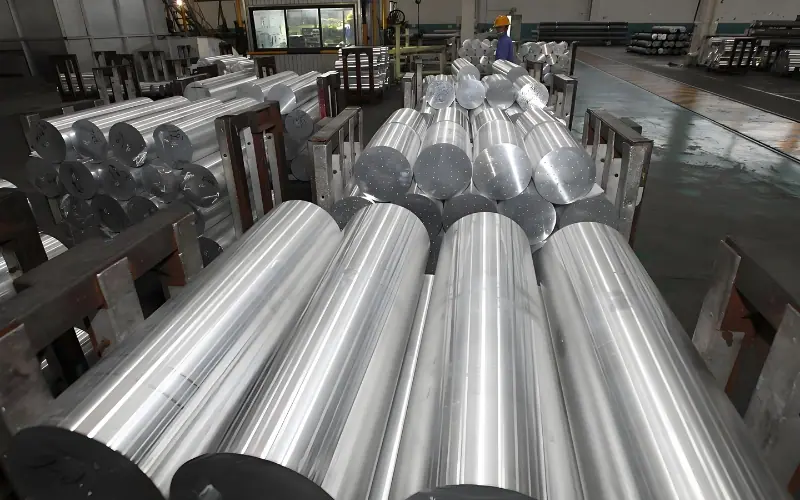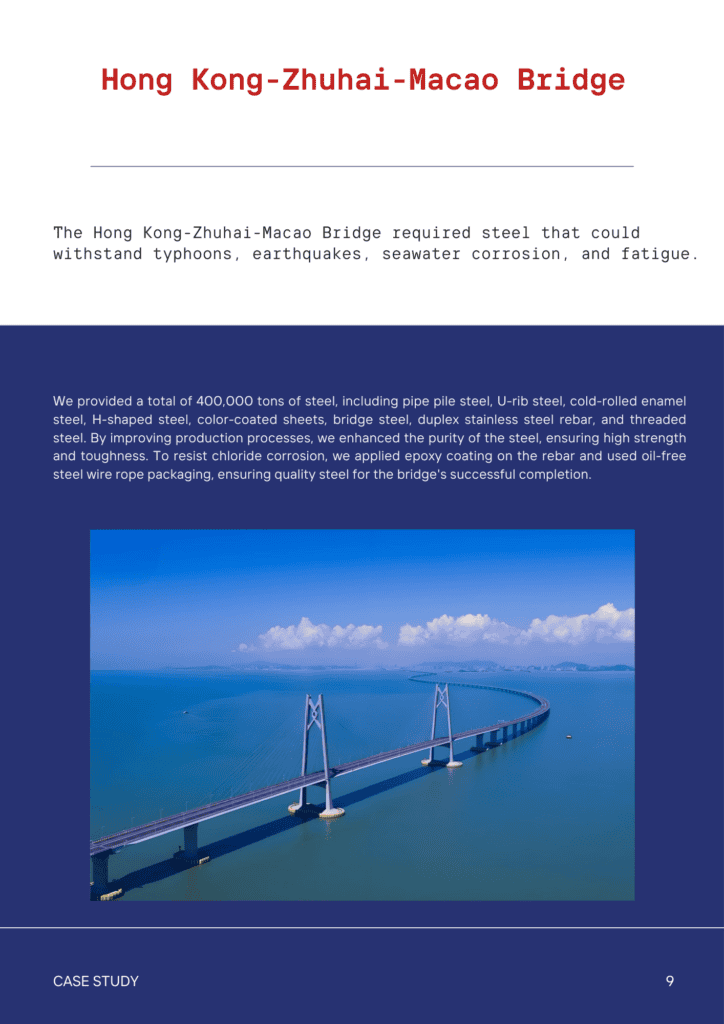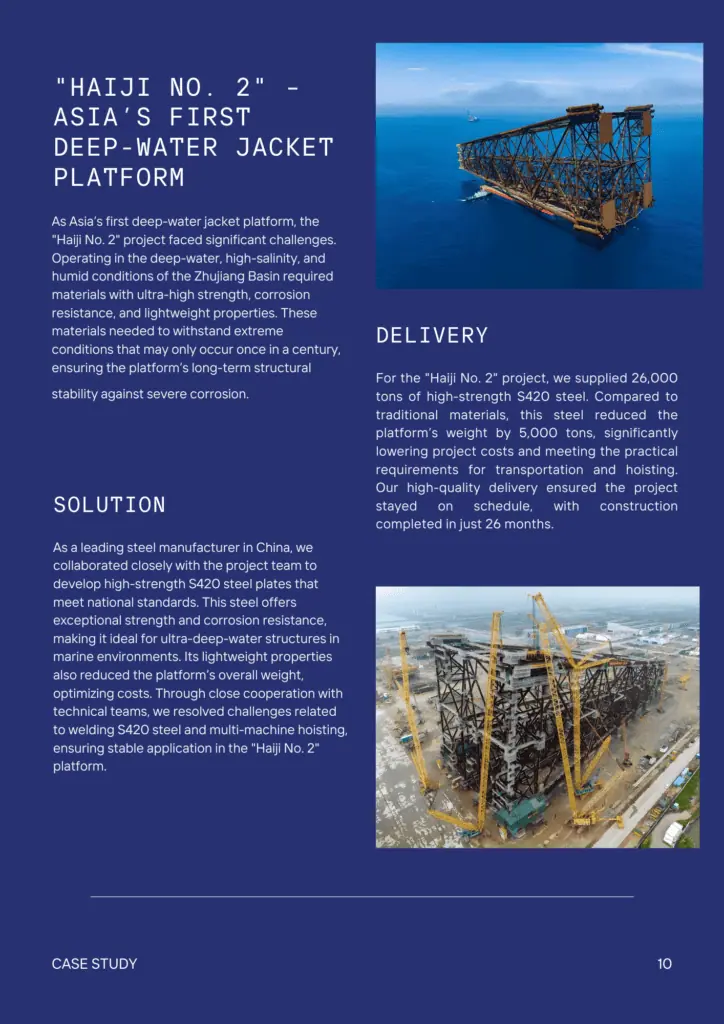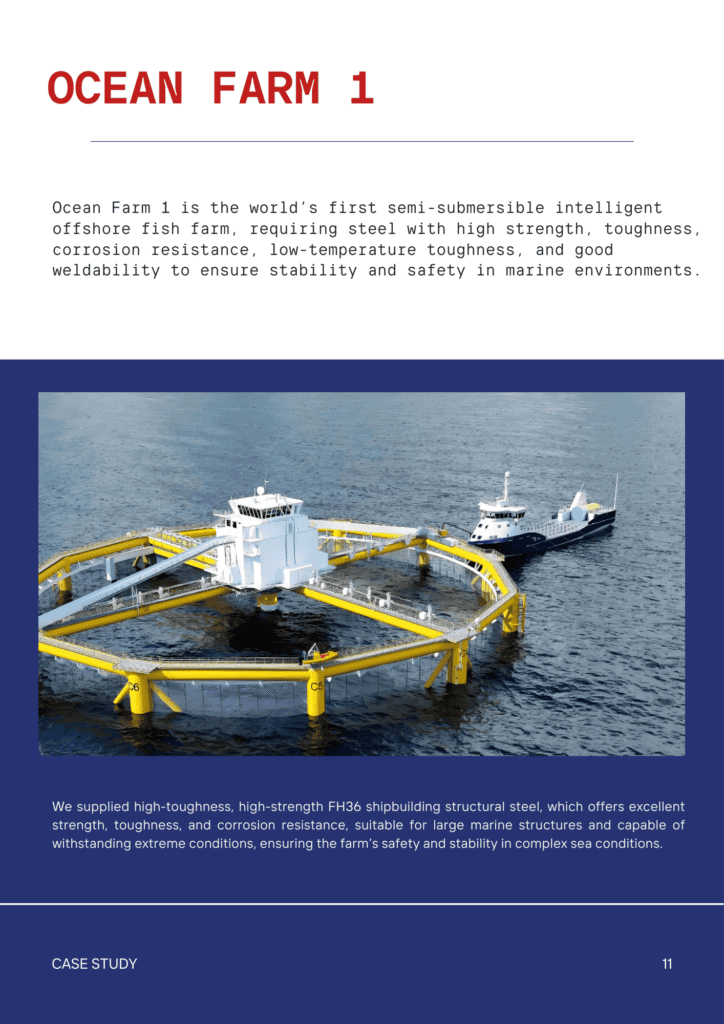Contents
H21 Hot Work Tool Steel: Properties, Process, Applications
- John

H21 tool steel offers a unique combination of high heat resistance, toughness, and machinability. If you need a material that can endure harsh conditions and deliver consistent performance in demanding applications, H21 is the perfect choice.
In this article, we’ll explore the key characteristics, heat treatment processes, fabrication methods, and common applications of H21 tool steel, offering valuable insights for those considering this material for their manufacturing needs.
What Is H21 Tool Steel?
H21 is a tungsten-alloyed hot work tool steel, offering excellent thermal strength and toughness at high temperatures. It is commonly used in die casting, extrusion, and hot forming. Unlike higher tungsten grades, H21 can be cooled with continuous water flow. However, compared to water-hardening low-alloy steels, H21 has lower machinability.
What Is H21 Tool Steel Equivalent To?
Below are the common equivalents of H21 tool steel:
| Standard | Equivalents |
| GB | 3Cr2W8V |
| DIN | 1.2581 |
| JIS | SKD 5 |
| ASTM | H21 |
| ISO | X30WCrV 9-3 |
| UNS | T20821 |
Chemical Composition of H21 Tool Steel
H21 tool steel is a premium hot work alloy characterized by a balanced combination of tungsten, chromium, and vanadium. Its high carbon content ensures robust hardness, while the chromium and vanadium improve its resistance to thermal fatigue and wear under high temperatures.
The following table shows the chemical composition of H21 tool steel.
| Element | Content (%) |
|---|---|
| Carbon (C) | 0.3 |
| Chromium (Cr) | 3.3 |
| Iron (Fe) | 86.5 |
| Manganese (Mn) | 0.3 |
| Silicon (Si) | 0.34 |
| Tungsten (W) | 9 |
| Vanadium (V) | 0.25 |
Physical Properties of H21 Tool Steel
H21 tool steel combines high strength and thermal stability, making it ideal for extreme temperature conditions. Its low expansion and efficient heat transfer cenhance its longevity in challenging conditions. The table below gives a clear overview of its physical properties.
| Property | Metric (SI) | Imperial |
| Density | 8.19 g/cc | 0.296 lb/in³ |
| Melting Point | 1450°C | 2642°F |
| Thermal Conductivity | 27.0 W/m·K | 187 BTU·in/hr·ft²·°F |
| Coefficient of Thermal Expansion (20–100°C) | 11.2 µm/m·K | 6.2 µin/in·°F |
| Electrical Resistivity | 0.67 µΩ·m | 0.67 µΩ·in |
Mechanical Properties of H21 Tool Steel
H21 tool steel offers a strong balance of hardness and strength, ensuring resistance to deformation under heavy loads. Its flexibility enables it to retain its performance across various temperature ranges and stress levels. The table below highlights these essential mechanical properties.
| Property | Metric | Imperial |
| Hardness (HRC) | 40.0 – 55.0 | 40.0 – 55.0 |
| Bulk Modulus | 160 GPa | 23200 ksi |
| Shear Modulus | 80.0 GPa | 11600 ksi |
| Poisson’s Ratio (25°C) | 0.27 – 0.30 | 0.27 – 0.30 |
| Elastic Modulus | 190 – 210 GPa | 27557 – 30458 ksi |
Heat Treatment of H21 Tool Steel
H21 tool steel performs exceptionally well in heat treatment, offering strong thermal fatigue resistance and stability at high temperatures. Proper decarburization and controlled cooling are crucial to avoid scaling and ensure optimal hardness and toughness. When heat is treated correctly, it’s ideal for demanding tooling applications.
If you’re considering heat-treated H21, SteelPro Group provides it in the best possible annealed, hardened, or tempered forms, following strict production processes. Our experts are here to help you find the right option for your application.
Annealing
This is essential for relieving internal stresses and enhancing machinability. It is best carried out in a sealed container with a waste carburizing mixture or cast iron chips to prevent excessive scaling or decarburization.
The annealing procedure includes heating the steel to 885°C (1625°F) and subsequently allowing it to cool gradually at a rate of no more than 4°C (40°F) per hour. After this process, the hardness of the steel should be around 200 HB.
Hardening
Prior to hardening, H21 steel should undergo decarburization treatment to prevent surface deterioration during the process. Begin by preheating the steel to 816°C (1500°F), then rapidly heat it to 1177°C (2150°F).
Hold the steel at this temperature for 2 to 5 minutes to ensure uniform heat distribution. Finally, quench the steel in either air or oil to achieve the desired hardness.
Tempering
Tempering is performed to reduce brittleness and adjust hardness. For H21 steel, tempering should occur at temperatures between 593°C and 677°C (1100°F to 1250°F). This results in a Rockwell C hardness between 54 and 36.
It is recommended to carry out double tempering, with each cycle lasting 1 hour at the same temperature. This improves the steel’s toughness and helps ensure dimensional stability.
H21 Tool Steel Fabrication
Forging
H21 tool steel should be forged between 1150°C (2100°F) and 927°C (1700°F), but not below 899°C (1650°F). Forging at lower temperatures can cause excessive hardness and brittleness, making the steel prone to cracking and difficult to shape.
Forming
Forming should be done within the temperature range of 927°C (1700°F) to 1150°C (2100°F) to maintain ductility and material integrity.
Cold Working
Cold working may require intermediate annealing to prevent work hardening.
Cutting
Use high wear-resistant tools for cutting. Proper heating and cutting fluids are essential to reduce friction.
Welding
Preheat to 300°C (572°F) before welding. Post-weld heat treatment (PWHT) is required to relieve stresses.
H21 Tool Steel Product Forms
This section outlines common product forms and typical size ranges for H21 tool steel. We ensure all our products meet strict tolerances for consistent quality. If your size requirements fall outside these ranges or you need custom-forged shapes, feel free to reach out. We are available to assist and eager to offer customized solutions!
Bars
- Diameter: 10 mm to 500 mm (0.39 in to 19.69 in)
- Length: 1000 mm to 4000 mm (39.37 in to 157.48 in)
Plates
- Thickness: 10 mm to 250 mm (0.39 in to 9.84 in)
- Width: 100 mm to 1000 mm (3.94 in to 39.37 in)
- Length: 2000 mm to 3000 mm (78.74 in to 118.11 in)
Rounds
- Diameter: 20 mm to 300 mm (0.79 in to 11.81 in)
- Length: 2000 mm to 3000 mm (78.74 in to 118.11 in)
Blocks
- Dimensions: 100 mm x 100 mm x 100 mm to 500 mm x 500 mm x 1000 mm (3.94 in x 3.94 in x 3.94 in to 19.69 in x 19.69 in x 39.37 in)
Forged Shapes
- Custom sizes depending on the application, typically 50 mm to 500 mm in diameter (1.97 in to 19.69 in).
H21 Tool Steel Applications
At SteelPRO, we provide high-quality H21 tool steel for a range of critical applications. Our products are trusted by manufacturers who use them in the following processes:
- Die casting dies
- Extrusion dies
- Forging dies
- Hot work tools (such as hot shear blades and die inserts)
- Plastic molds (for high-temperature engineering plastics)
- Trimming dies
- Billet shearing blades
- Mold bases for die casting and injection molding
- Centrifugal casting dies
Custom Solutions for Best H21 Tool Steel
At SteelPro, we provide H21 and H13 tool steel in various forms, including bars, plates, rounds, and blocks, with custom dimensions available to meet your specific needs. We also offer precision machining services for H21 tool steel, including turning, milling, grinding, and drilling to meet your exact specifications.
Additionally, we can perform stress relieving and cryogenic treatments to enhance the material’s performance in demanding environments. Whether it is for dies, tooling, or high-temperature applications, we deliver reliable solutions.
















